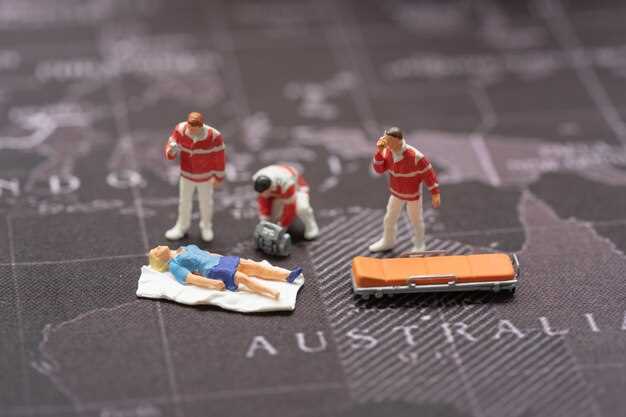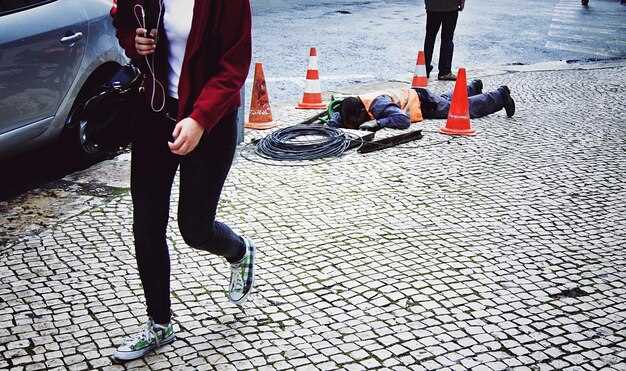
Ensuring the safety of participants, spectators, and staff on race day is paramount. Every event involves a range of risks, from medical emergencies to severe weather conditions. A well-structured emergency response plan not only addresses these potential threats but also enhances the overall experience for all involved. This article will outline essential guidelines to create an effective Race Day Emergency Response Plan.
The foundation of any emergency response plan is thorough preparation. This includes identifying potential hazards specific to your event, assessing risks, and developing appropriate strategies to mitigate them. A comprehensive plan must clearly define roles and responsibilities for each team member, ensuring swift action can be taken in case of an emergency. Regular training and drills are vital to keep everyone informed and ready to respond effectively, thereby promoting a culture of safety at your race event.
Additionally, communication plays a critical role in emergency response. Establishing clear channels of communication–both internal among staff and external with emergency services–can significantly reduce confusion during a crisis. It’s essential to provide participants and spectators with information about emergency procedures ahead of time, thereby reinforcing the importance of safety and preparedness. By implementing these guidelines, organizers can ensure a successful event while prioritizing the well-being of all attendees.
Preparation Steps for Medical Emergencies During Races

Effective preparation is crucial to ensure a swift and organized response to medical emergencies during races. The following steps outline essential actions for race organizers and medical personnel.
First, conduct a comprehensive risk assessment prior to the event. Identify potential medical emergencies related to the race environment, weather conditions, and participant demographics. This assessment will guide the creation of a tailored response plan.
Second, establish a clear communication strategy. Ensure that all team members are aware of their roles and responsibilities during an emergency. Use radios or mobile devices to maintain contact among medical staff, race officials, and volunteers.
Third, determine the optimal placement of medical stations along the race course. These stations should be strategically located for quick access and visibility. Consider positioning them at regular intervals and near high-risk areas to aid in rapid response times.
Fourth, equip medical personnel with the necessary resources such as first aid kits, defibrillators, and oxygen supplies. Additionally, ensure that all medical staff are trained in advanced life support and emergency protocols to manage various scenarios effectively.
Fifth, implement a clear evacuation plan for transporting injured participants to facilities. Designate transport vehicles and confirm routes to local hospitals, accounting for potential traffic or congestion on race day.
Finally, conduct a trial run or simulation of emergency scenarios before the race. This allows teams to practice their responses, refine procedures, and identify any gaps in the emergency response plan.
By following these preparation steps, race organizers can minimize the impact of medical emergencies, ensuring a safer experience for all participants and attendees.
Communication Protocols for Race Day Incidents

Effective communication is critical during race day emergencies. Establishing clear protocols ensures that all stakeholders can respond promptly and efficiently to incidents. The first step is to designate a central communication hub, preferably located at the race control center, which will serve as the primary point for disseminating information.
All personnel involved in the event, including medical staff, security, race officials, and volunteers, should be equipped with two-way radios or mobile devices programmed to specific emergency channels. Regular communication checks should be conducted prior to the race to confirm functionality and address any issues.
In the event of an emergency, the first responder should quickly assess the situation and report critical details, such as the nature and location of the incident, to the communication hub. This information must be relayed to emergency services and relevant personnel without delay.
It is essential to implement a standardized terminology for reporting incidents. This avoids confusion and ensures that all team members clearly understand the situation. Common terms should be developed for various types of emergencies, such as “medical emergency,” “security threat,” or “fire hazard.”
Furthermore, all communication should be documented to maintain a clear record of events. This is vital for post-event analysis and can help improve future race day emergency response plans. After an incident, a systematic debrief involving all key personnel should occur to discuss the response effectiveness and areas for improvement.
Finally, regular training sessions should be conducted to familiarize all staff with the communication protocols and ensure that they are prepared to act swiftly during emergencies. Regular drills can simulate various scenarios, improving readiness and response times on race day.
Post-Incident Review and Improvement Strategies
After an incident occurs during a race day, conducting a thorough post-incident review is essential for ensuring safety and enhancing future response strategies. This review should begin with a comprehensive analysis of the event, focusing on the timeline of occurrences, actions taken, and the effectiveness of those actions in managing the situation.
Involve all relevant stakeholders, including emergency responders, race officials, and volunteers, in the review process. Gathering diverse perspectives will provide a holistic view of the incident and help identify areas for improvement. It is crucial to document each participant’s insights to facilitate accurate analysis.
Utilize a structured approach, such as a “what went well, what didn’t, and what can be improved” framework. This method enables teams to celebrate successful responses while pinpointing shortcomings that need to be addressed. Pay particular attention to communication protocols, resource availability, and coordination efforts during the incident.
Based on the findings from the review, develop actionable improvement strategies focused on enhancing safety measures. This may include revising emergency operation plans, providing additional training for all personnel, and updating communication devices to ensure timely information sharing during emergencies.
Regularly schedule follow-up reviews to assess the implementation of these strategies. Continuous monitoring will help bolster safety and ensure that lessons learned are integrated into future planning efforts. Engage with local safety organizations for feedback and best practices that can further enhance the incident response framework for future events.
Ultimately, a commitment to learning from past incidents not only improves immediate safety levels but fosters a culture of continuous improvement within the organization, which is essential for effectively managing future races.
